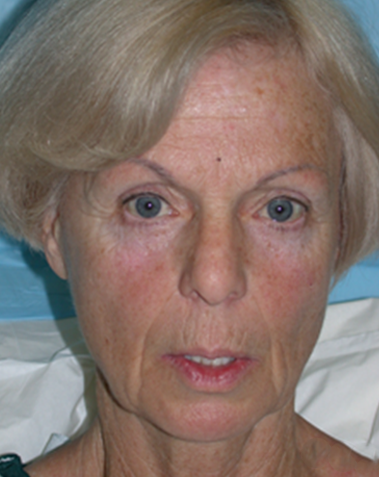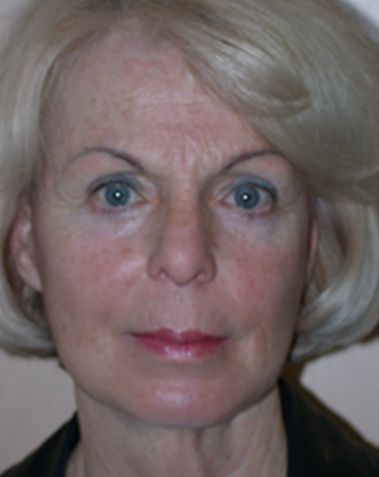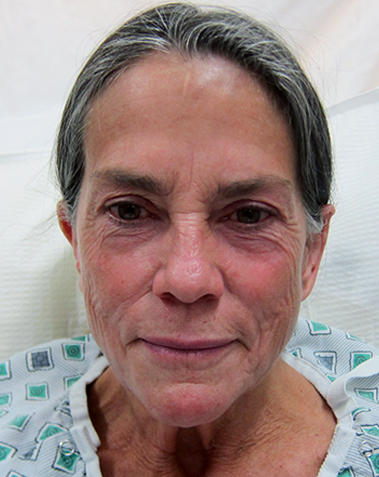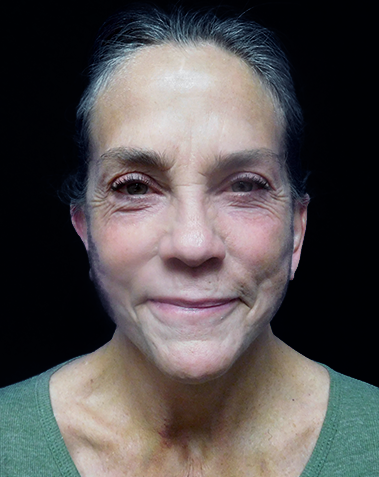Facelift
As we age, our skin naturally gets thinner, which can result in drooping, wrinkles, and sagging. Sun damage, smoking, stress, facial fat loss, and genetics also play a big role in how delicate facial tissues respond to aging. Facelifts are very popular cosmetic procedures that help patients rejuvenate the appearance of their face and neck and reverse signs of aging.
Facelifts treat:
Poor facelift procedures look over-tightened and obviously overworked. Properly tensioning the skin and underlying fascia while adding youthful volume tends to yield the best results. Our goal is to achieve noticeable, yet natural-looking results. Here’s what you can expect before, during, and after your treatment.
Before Your Facelift
Before your facelift, we will discuss your surgical goals and medical history during a consultation with your surgeon. We’ll examine your anatomy, take photographs and measurements, and will make treatment recommendations based on your desired outcomes. We will also talk about the procedure itself, potential complications and risks, anesthesia, your anticipated recovery period, and aftercare instructions.
During Your Procedure
We perform facelifts as outpatient procedures in our accredited ambulatory surgery center in Flagstaff, Arizona. On the day of your procedure, you will meet with your surgeon and address any questions. We’ll go over the surgical plan one last time and take photographs and measurements in pre-op. Here’s what happens during a facelift in the operating room:
Sedation
You will be administered IV sedation or general anesthesia by an anesthesiologist. Mini facelifts can be performed under local anesthesia.
Incisions
Next, we will make a small incision hidden in the hairline starting at the temple, moving down along the front of the ear’s natural contour, and ending tucked behind the earlobe in the lower scalp. This is known as the traditional facelift incision pattern, whereas mini facelift incisions are shorter – just around the ear – and even more discreet. In patients who additionally want to address a double chin or sculpt their jawline, we may make another small incision just under the chin. Through this area, we can access and remove excess fat deposits in the middle of the neck and under the chin, and tighten the neck muscles.
Tissue Rejuvenation
We’ll remove excess skin, and remove or redistribute fat deposits in the jowls, chin, and neck areas. For full facelifts, we may tighten the platysma muscle to help define the jawline and profile neck contour even more. In patients who want to achieve more youthful volume in sunken or sagging areas of the face, we may also perform fat grafting. Finally, we’ll close the skin with sutures.
Medical Review: This procedural information has been medically reviewed by plastic and reconstructive surgeon, Brian A. Cripe, M.D.
Book Your Facelift Appointment
Our experienced, board-certified plastic surgeons would love to bring you in for a consultation to discuss your goals and treatment options. Fill out this form to receive a call-back shortly, or give us a call at 928-774-2300.





